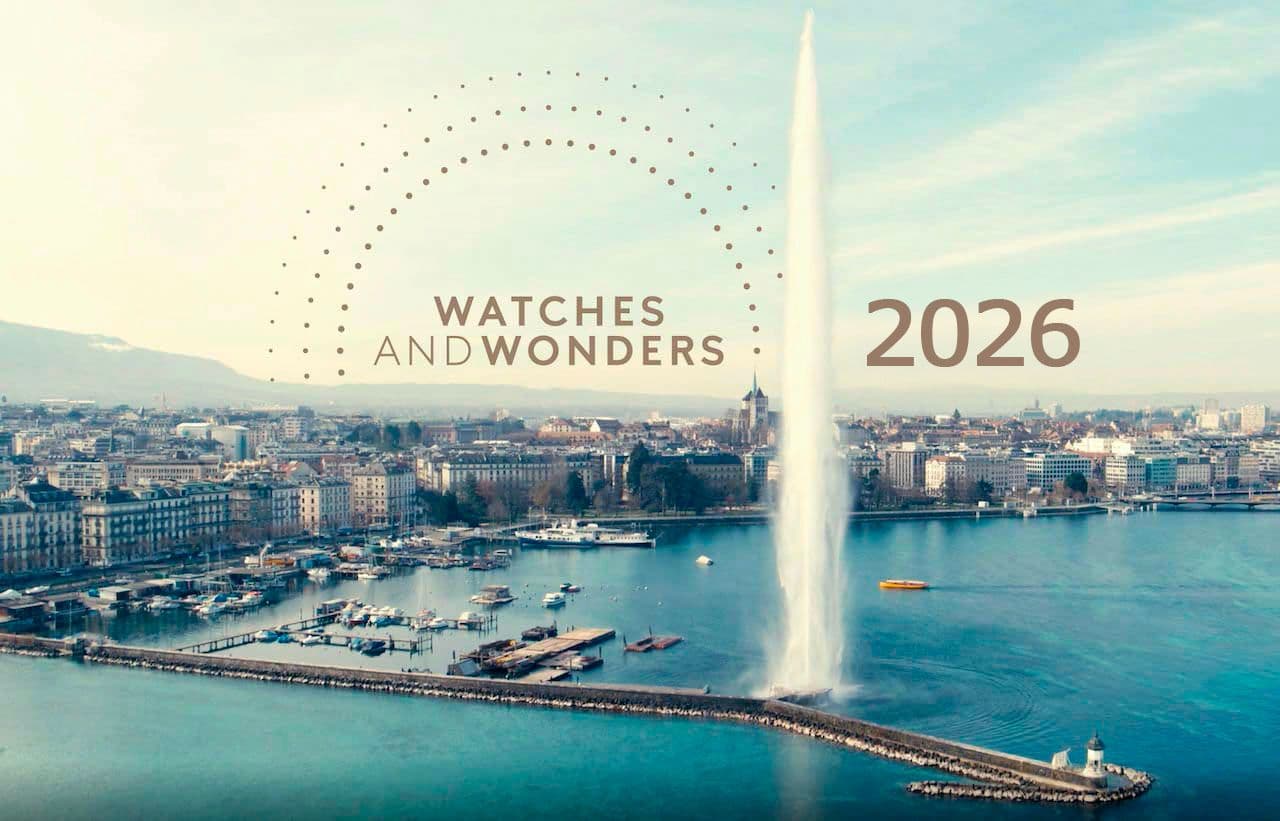
Timekeepers United: Horology Events and Their Rich Histories
From Basel to Dubai, horology gatherings offer more than glamour and limited editions. They’re the pulse of the watchmaking world.
Whether you’re an avid collector, a brand loyalist, or a curious newcomer, horology events provide a unique perspective on the artistry, innovation, and community spirit that fuel the industry.
A Brief History of Time... Exhibitions
The tradition of showcasing timepieces has a rich history spanning over a hundred years. In its early days, it was like lively trade fairs where pocket watches took center stage. As wristwatches gained popularity in the 20th century, watch expos evolved into vibrant cultural events celebrating both innovation and craftsmanship.
One of the most iconic examples is Baselworld, which started in 1917 as part of the Swiss Industries Fair. By the 2000s, it had become the watchmaking world's equivalent of Cannes until changing trends and digital disruptions caused it to scale back significantly.
The Modern Calendar: Key Horology Events Worldwide
Today, the landscape is more diverse, accessible, and dynamic than ever. Here’s a look at the major players:
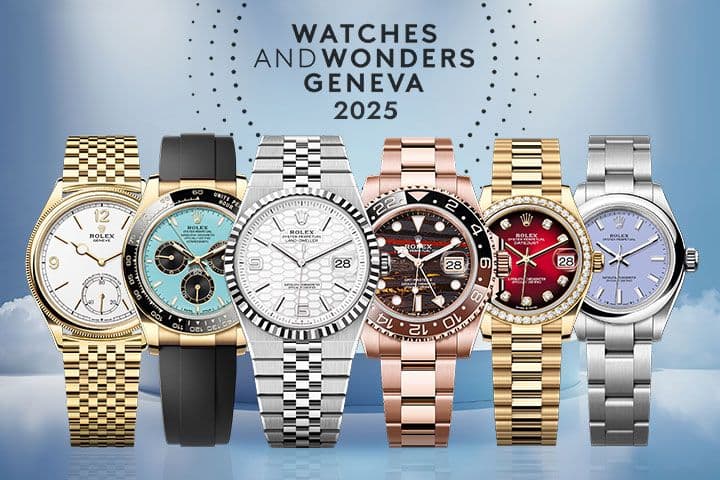
Watches and Wonders (Geneva, Switzerland)
- Legacy: Born from Salon International de la Haute Horlogerie (SIHH)
- Why it matters: The ultimate showcase of high-end watchmaking, featuring Richemont brands, independent creators, and innovations in design and functionality.
- Vibe: Exclusive but becoming more accessible to the public
- Audience: Collectors, press, retailers, and, since 2022, the general public
- Size: Approximately 40 exhibiting brands; over 40,000 visitors in recent editions.
- Budget: High. Flights and hotels in Geneva during this week are expensive; public tickets are limited, and premium
- Timing: Annually, typically held in late March or early April
- The dates for Watches and Wonders 2026 have been recently announced, and the event will take place from April 14 to 20.
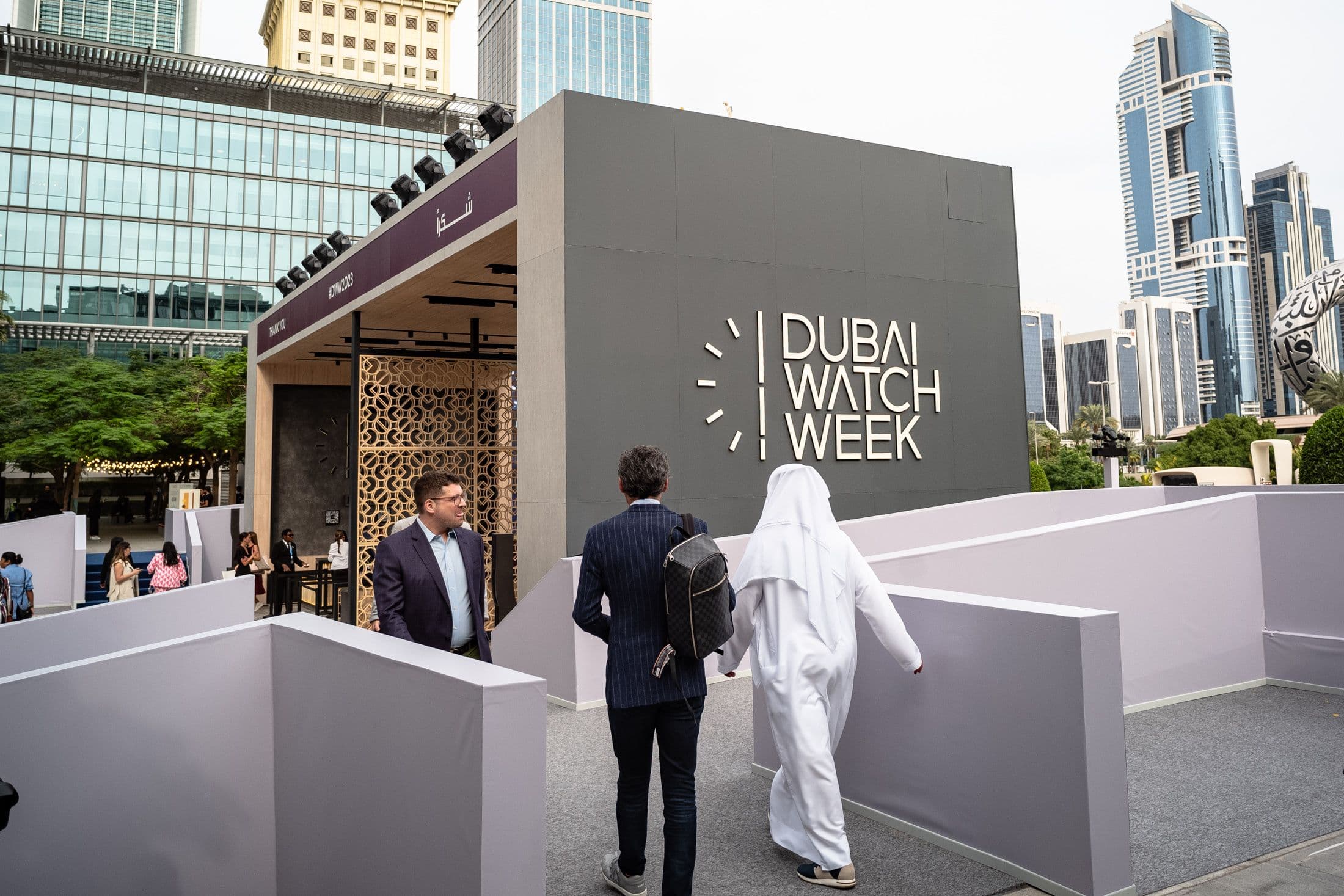
Dubai Watch Week (Dubai, UAE)
- Legacy: Founded in 2015 by Ahmed Seddiqi & Sons
- Why it matters: A cultural dialogue on watchmaking, not just a sales pitch. Panel discussions, collector meetups, and horological education take center stage.
- Vibe: Intimate, intellectual, and cross-cultural
- Audience: A mix of collectors, press, designers, and curious locals
- Size: Approximately 60 brands; growing each year.
- Budget: Moderate to high. Entry is free, but travel and lodging in Dubai can be expensive.
- Timing: Every two years (biennial), usually in late November
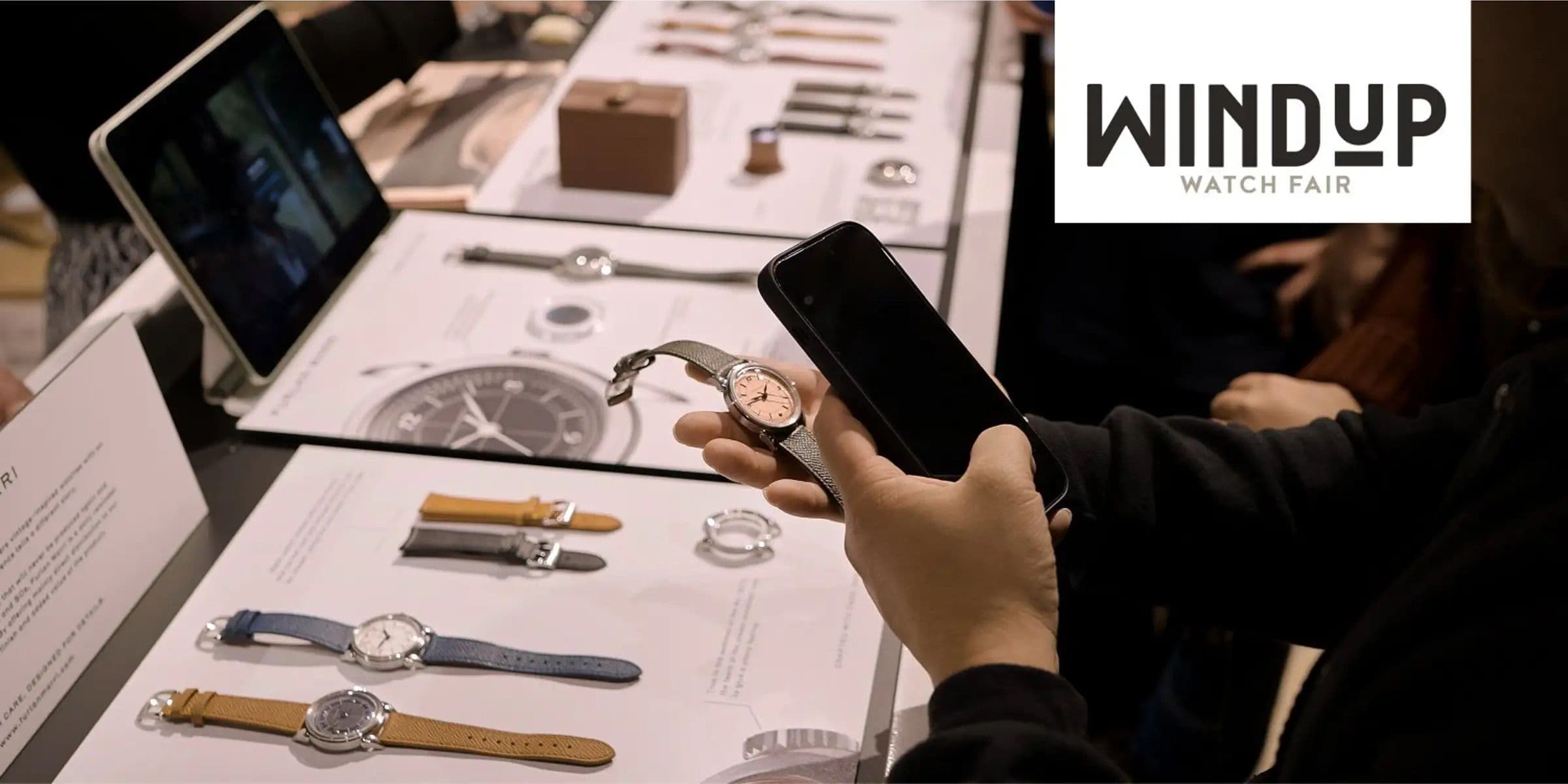
Windup Watch Fair (New York, San Francisco, Chicago)
- Legacy: A newer, enthusiast-focused fair launched by Worn & Wound.
- Why it matters: Equalizes the watch scene for microbrands and collectors.
- Vibe: Casual, community-driven, hands-on
- Audience: Enthusiasts, indie collectors, and newcomers
- Size: Around 60 exhibitors per city, mostly microbrands
- Budget: Low to Moderate. Free entry; brands offer watches in the $300–$2,000 range
- Timing:
- New York: Annually in late October
- San Francisco: Usually in April
- Chicago: Usually in July
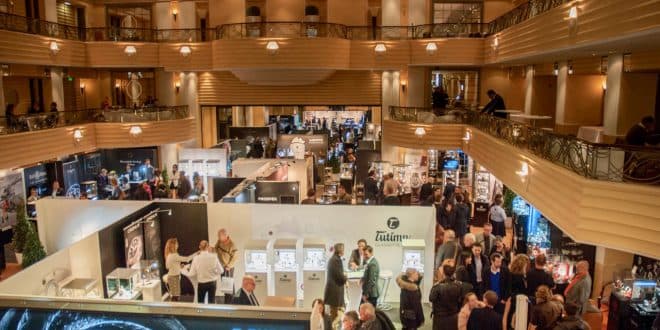
MunichTime & ViennaTime (Germany & Austria)
- Legacy: European boutique expos featuring both major brands and independent labels
- Why they matter: Appeal to collectors who prioritize proximity, personal connections, and European tradition.
- Vibe: Low-key elegance
- Audience: Regional collectors and European connoisseurs
- Size: Approximately 70 brands across both cities
- Budget: Moderate. Free or low-cost entry, central locations
- Timing:
- MunichTime: Typically in late October
- ViennaTime: Usually in November
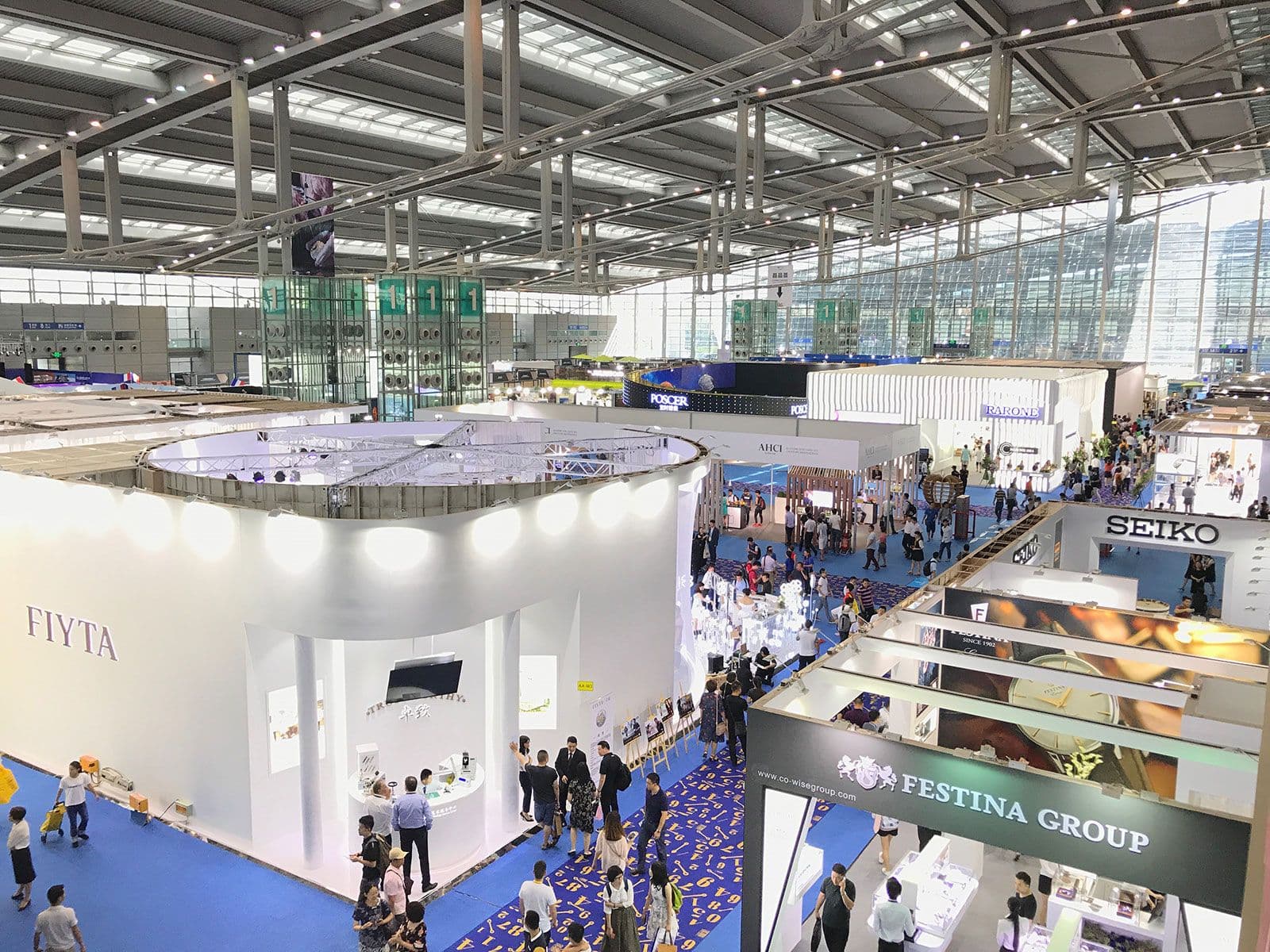
China Watch & Clock Fair (Shenzhen, China)
- Legacy: One of the biggest watch shows in Asia
- Why it matters: A glimpse into the future: affordable innovation, tech integration, and emerging manufacturing power
- Vibe: Fast-paced, industrial, expansive
- Audience: Industry professionals, OEM suppliers, design firms, and international buyers
- Size: Over 600 exhibitors, approximately 80,000 sqm of space
- Budget: Low to Moderate. Entry fees are minimal; business-focused attendees.
- Timing: Annually, typically held in late June
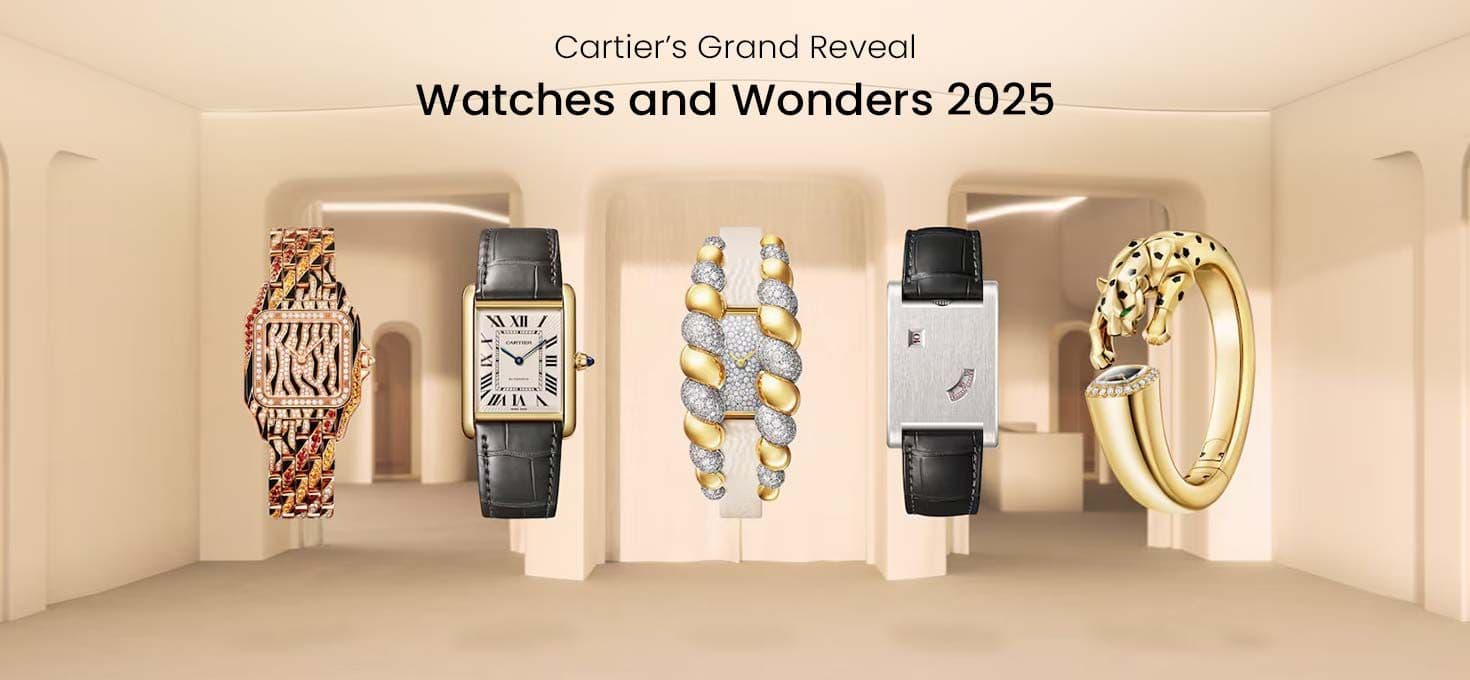
What Makes These Events Special?
- First Looks: Limited editions, prototypes, and iconic collections often debut here.
- Meet the Makers: Designers, CEOs, and master watchmakers are often just a booth apart.
- Cultural Exchange: Ideas, values, and design philosophies from East to West collide and inspire.
- Community: Perhaps most importantly, these events bring together collectors, enthusiasts, and artisans through a shared love of horology.
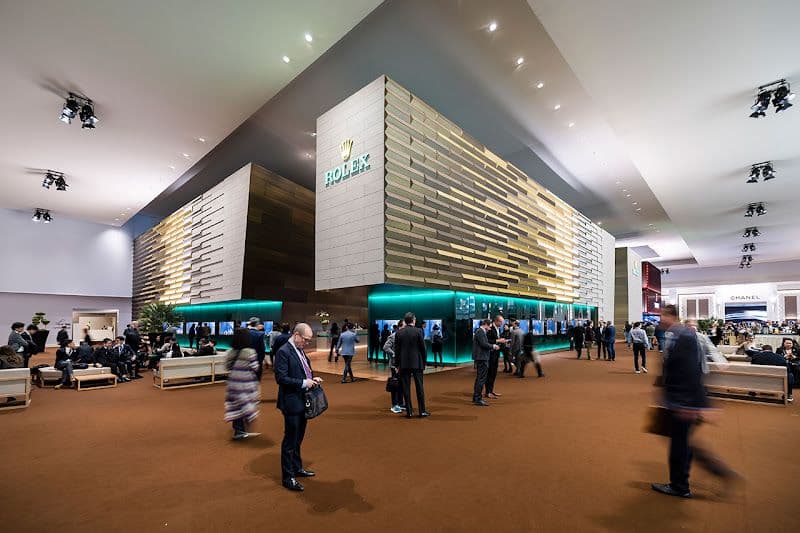
Looking Ahead: What’s Next for Watch Events?
As the world goes digital, brands now balance online displays with physical presence. Some embrace both (like Watches and Wonders’ digital twin), while others focus on pop-ups or local experiences.
But one thing’s clear: no amount of livestreaming can replace the tactile joy of holding a watch, feeling its weight, admiring its details, and hearing its story told in person.
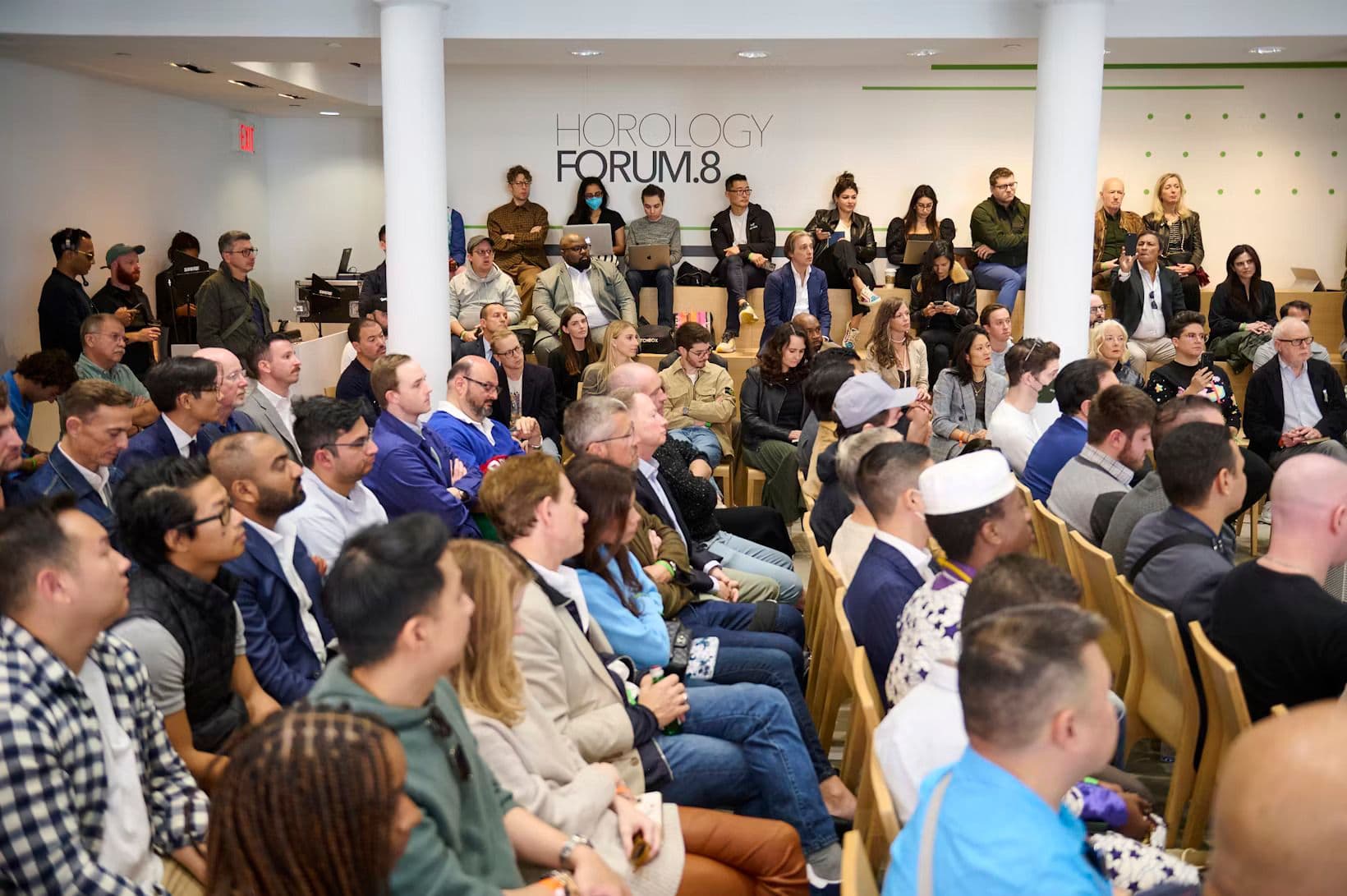
Horology events are more than just dates on a calendar. They embody the spirit of a worldwide community. If you're planning your next trip, why not turn it into a timekeeping pilgrimage?
